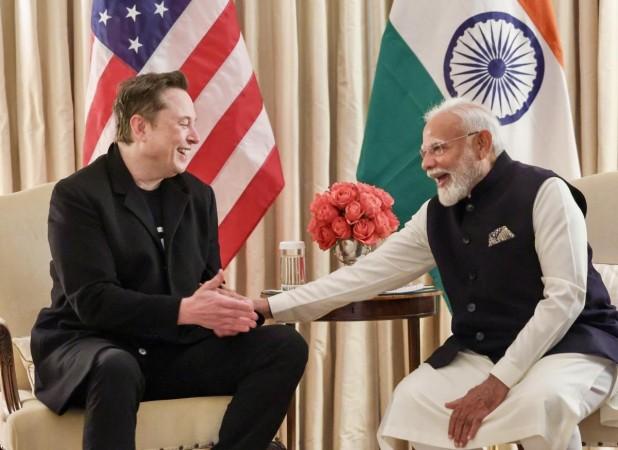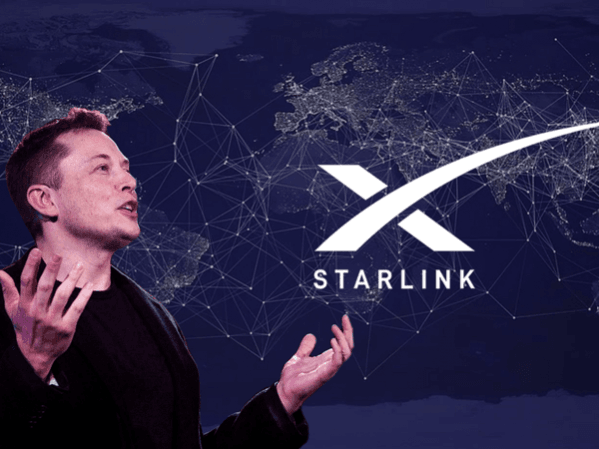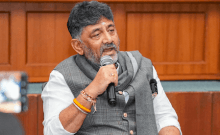
Elon Musk's Starlink has achieved a significant milestone by securing a satcom licence from India's Department of Telecommunications (DoT). This development positions Starlink as the third company to receive such authorization, following Eutelsat's OneWeb and Jio-SES. The Global Mobile Personal Communication by Satellite (GMPCS) permit allows Starlink to offer its commercial services in India, potentially starting later this year or early next year. This move is expected to revolutionize the satellite internet landscape in India, providing high-speed connectivity to underserved regions.
The approval from the DoT is a crucial step for Starlink as it aims to expand its affordable satellite internet services to the Indian market. The company is set to receive a trial spectrum soon, having met all the security compliance requirements outlined in its letter of intent (LoI). However, before the spectrum can be allocated, Starlink must secure approval from the Indian National Space Promotion and Authorisation Centre (IN-SPACe). The company has already submitted the necessary documents for this clearance, marking its commitment to adhering to Indian regulatory standards.
The initial approval from the DoT was contingent upon Starlink's agreement to adhere to the new national security guidelines for satcom operators. These guidelines include 29 additional requirements, such as mandatory interception and monitoring mechanisms, the use of local data centres, location tracking for mobile user terminals, and strict localisation mandates. These measures are designed to ensure the security and integrity of satellite communication services in India, reflecting the government's focus on safeguarding national interests.
Strategic Partnerships and Government Engagement
Union Commerce and Industry Minister Piyush Goyal recently met with top executives from Starlink, including Vice President Chad Gibbs and Senior Director Ryan Goodnight, to discuss the company's investment plans for India. "Met a delegation from Starlink, comprising Vice President Chad Gibbs and Senior Director, Ryan Goodnight. Discussions covered Starlink's cutting-edge technology platform, their existing partnerships and future investment plans in India," Goyal posted on X after the meeting. This meeting underscores the Indian government's interest in fostering collaboration with Starlink to enhance the country's satellite internet infrastructure.
The entry of Starlink into the Indian market comes at a time when domestic telecom giants like Airtel and Vodafone Idea are exploring partnerships with the US company to launch satellite telecom services in India. Union Telecom Minister Jyotiraditya Scindia has emphasized the need for satellite internet, particularly in rural areas where traditional telecom infrastructure is lacking. Satellite internet can play a crucial role in bridging the digital divide and providing high-speed connectivity to underserved regions, aligning with the government's vision of a digitally inclusive India.
Starlink's satellite internet service, developed by SpaceX, offers high-speed, low-latency broadband internet using a network of low Earth orbit (LEO) satellites. Unlike traditional satellite services that rely on geostationary satellites positioned far from Earth, Starlink's LEO satellites are located just 550 km above the planet. This proximity allows for faster data transmission and lower latency, making it suitable for data-heavy tasks like video streaming, online gaming, and video conferencing. The innovative technology behind Starlink's service is set to transform internet access in India.

Technological Advancements and Market Impact
The growing constellation of Starlink satellites, currently numbering around 7,000 and expected to exceed 40,000, forms a mesh network that can deliver reliable internet services across the globe. This "broadband from the skies" approach has the potential to revolutionize internet access, particularly in remote and rural areas where traditional infrastructure is challenging to deploy. The performance of Starlink's service is impressive, with users experiencing download speeds ranging from 50 Mbps to over 250 Mbps and latency as low as 20-40 milliseconds, depending on location and network load.
In addition to providing high-speed internet to rural homes, Starlink's service is also ideal for emergency services, maritime users, and even in-flight Wi-Fi. The DoT is also in the process of finalizing the pricing and rules for satcom spectrum allocation, following recommendations from the Telecom Regulatory Authority of India (TRAI). The regulator has suggested an administrative allocation of satcom spectrum for a fee pegged at 4% of adjusted gross revenue (AGR), to be assigned for five years. While some telecom companies have expressed concerns about the pricing, the regulator has rejected calls for reconsideration, maintaining that the fees are justified.
The approval of Starlink's satcom licence in India is a testament to the country's commitment to embracing cutting-edge technology and fostering innovation in the telecommunications sector. As Starlink prepares to roll out its services, it is poised to play a pivotal role in shaping the future of internet connectivity in India. The company's advanced technology platform and ambitious expansion plans position it well to make a substantial impact on the country's digital landscape.








